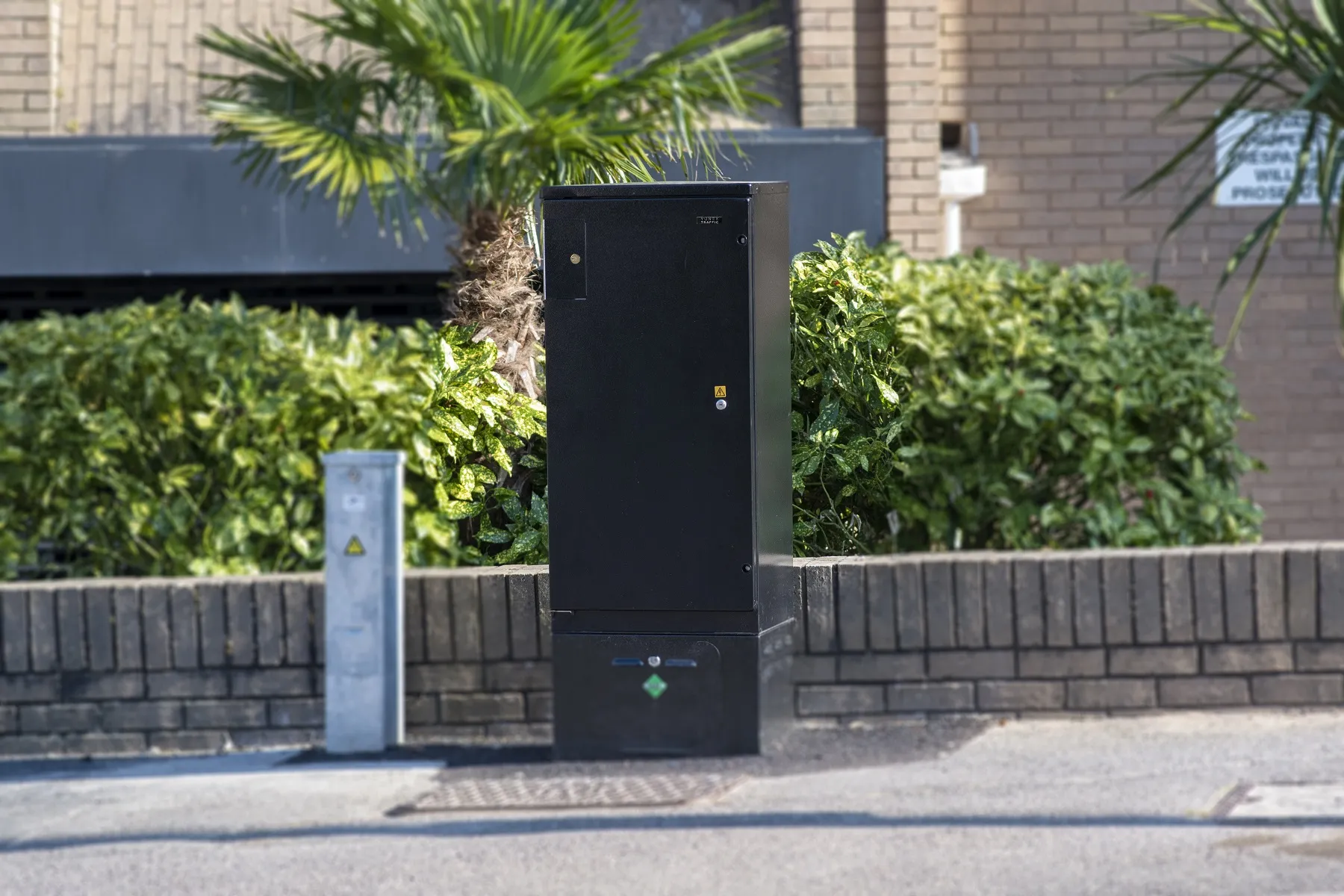Point Grey, a leader in advanced digital imaging products, will be hosting the AIA Winter 2012 Vision standards meeting in Vancouver, Canada from 13 – 17 February.
March 15, 2012
Read time: 2 mins
"We are delighted to host this first meeting, given our extensive history and experience with developing USB 3.0 camera technology," explains Mike Gibbons, Point Grey product marketing manager. "As a founding member of the USB3 Vision committee we're excited to see the overwhelming response to the standard. We look forward to welcoming both current and new members to this historic event."
Point Grey has been a leading innovator of USB technology for a number of years. USB 2.0 products were added to the portfolio in 2005 and Point Grey demonstrated the world's first USB 3.0 camera in 2009. Since launching the Flea3 USB 3.0 camera, Point Grey has built an ecosystem of USB 3.0 components, including host controller cards, cables and software, that work seamlessly together to provide a reliable end-to-end imaging pipeline. Point Grey USB 3.0 cameras will support the USB3 Vision standard as well as be backwards compatible to Point Grey's current camera control protocol.
"When compared to the existing lineup of digital interfaces, USB 3.0 offers increased 400 MB/s throughput and, like FireWire, provides cost-effective power and data over a single cable," says Gibbons. "While USB 3.0 is almost 10 times as fast as GigE, GigE's maximum cable length is superior. It is clear that USB 3.0 and GigE will co-exist as the predominant interface choices for industrial, scientific and traffic applications."
An initial white paper on the progress of USB3 Vision so far, can be found on the










